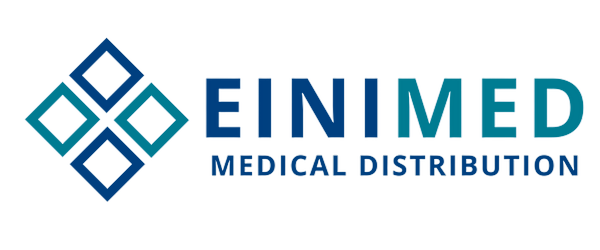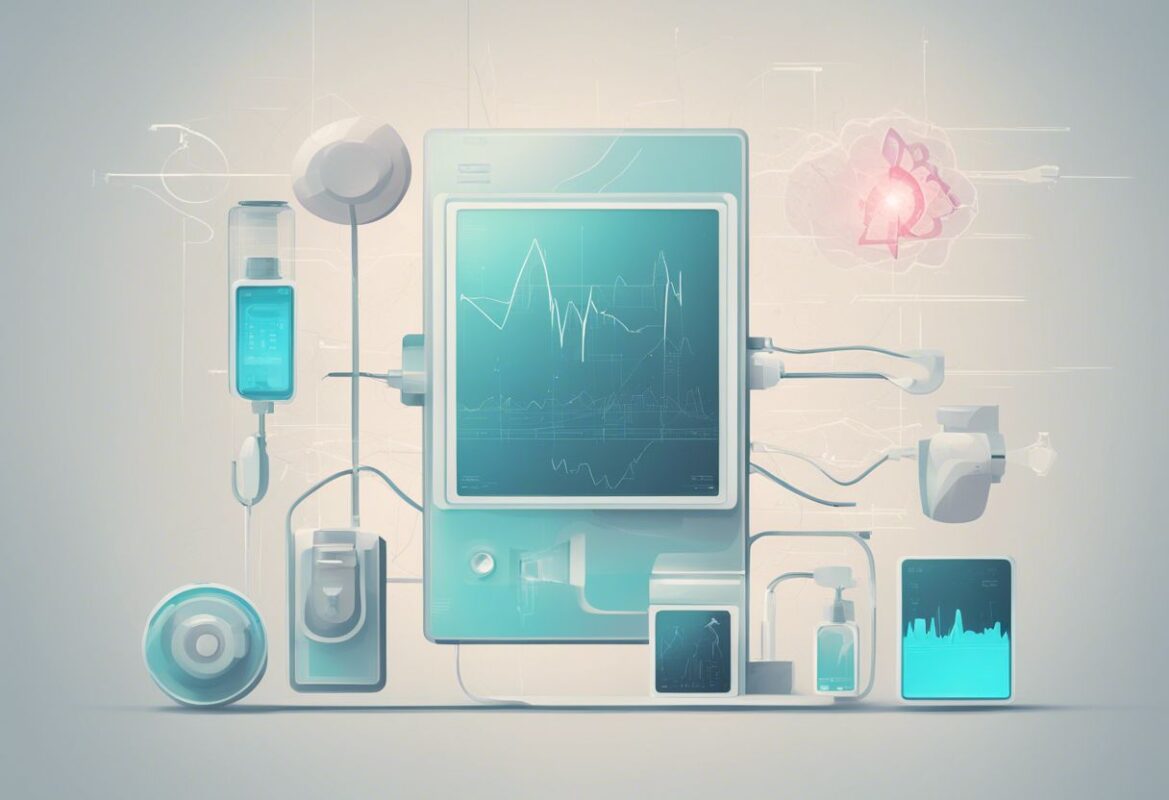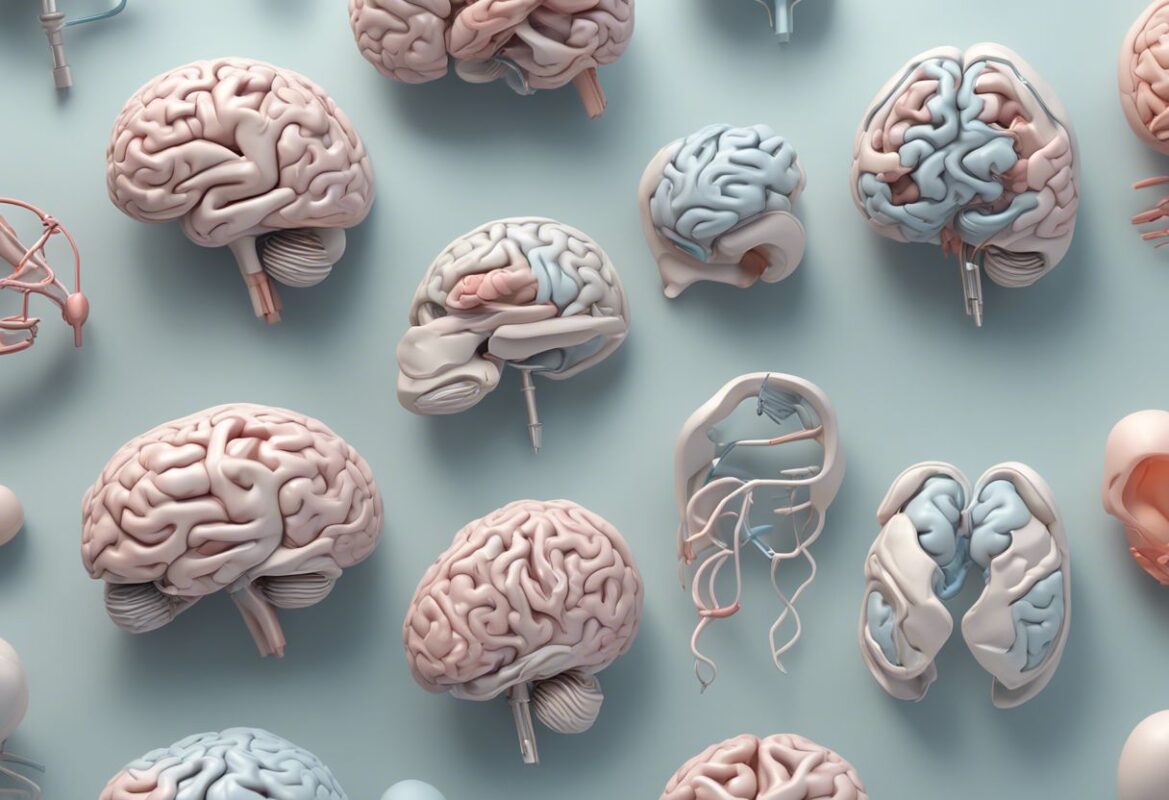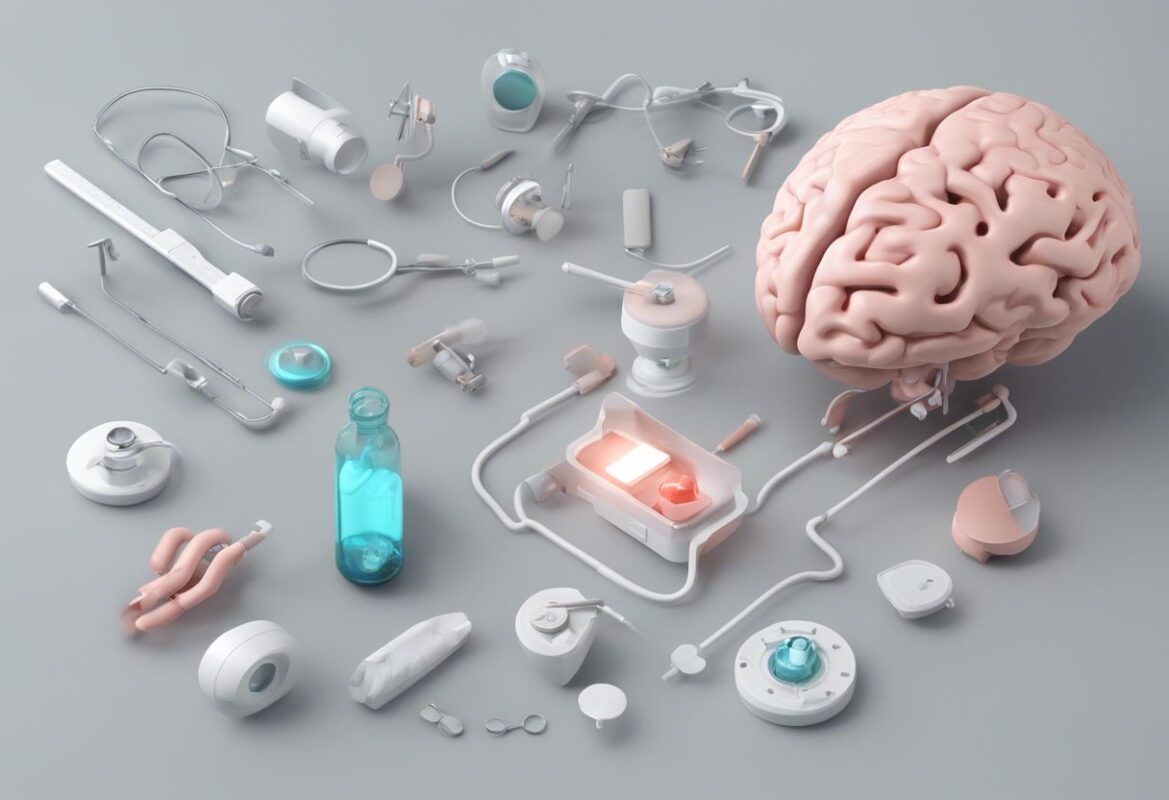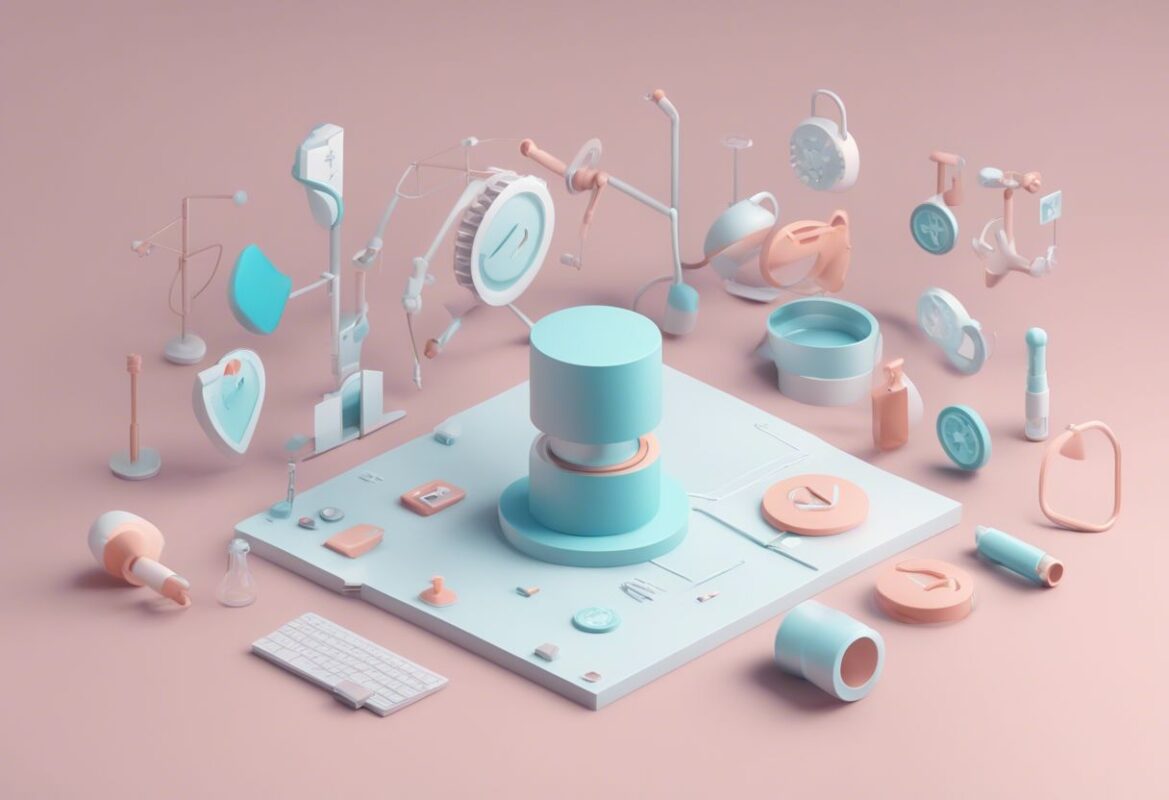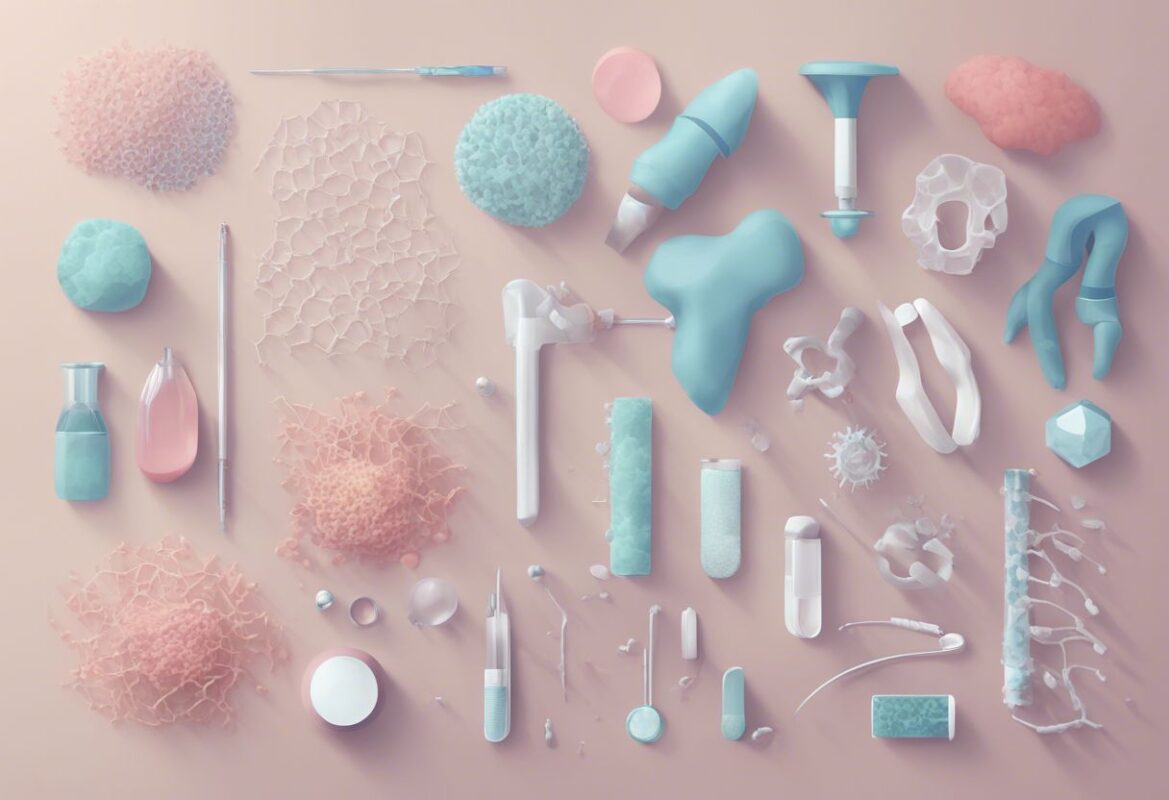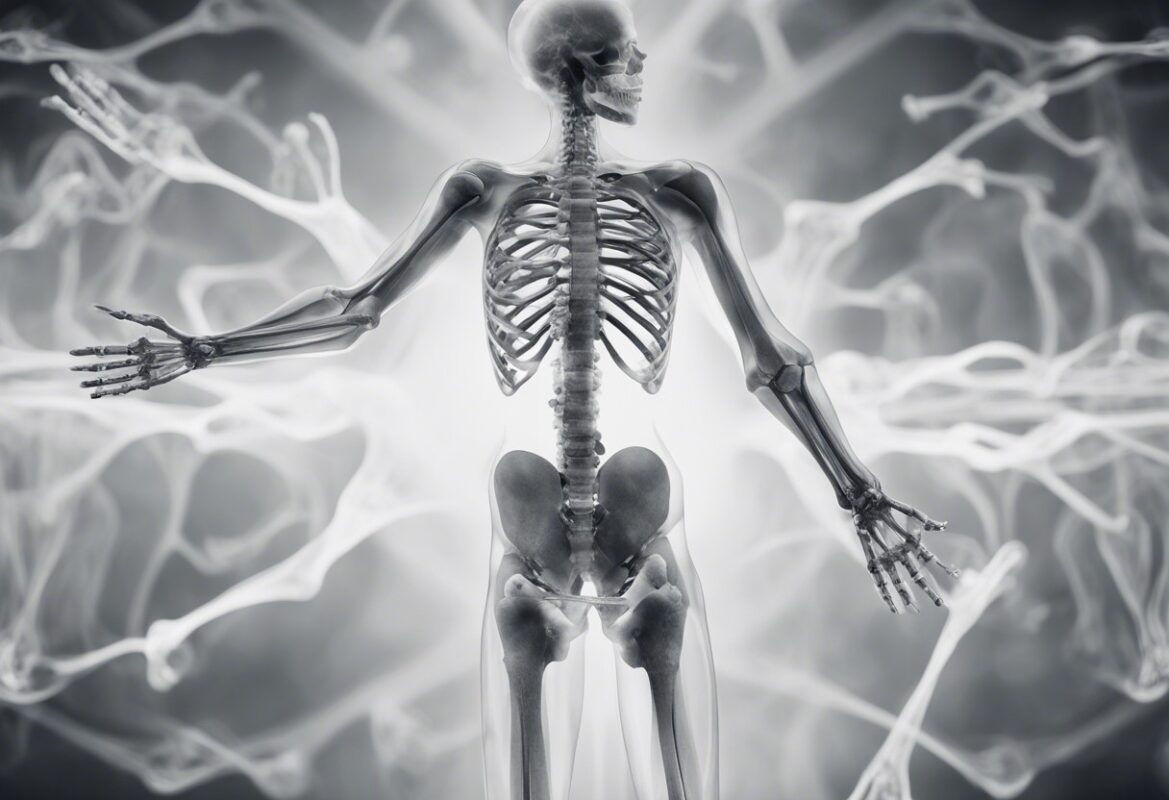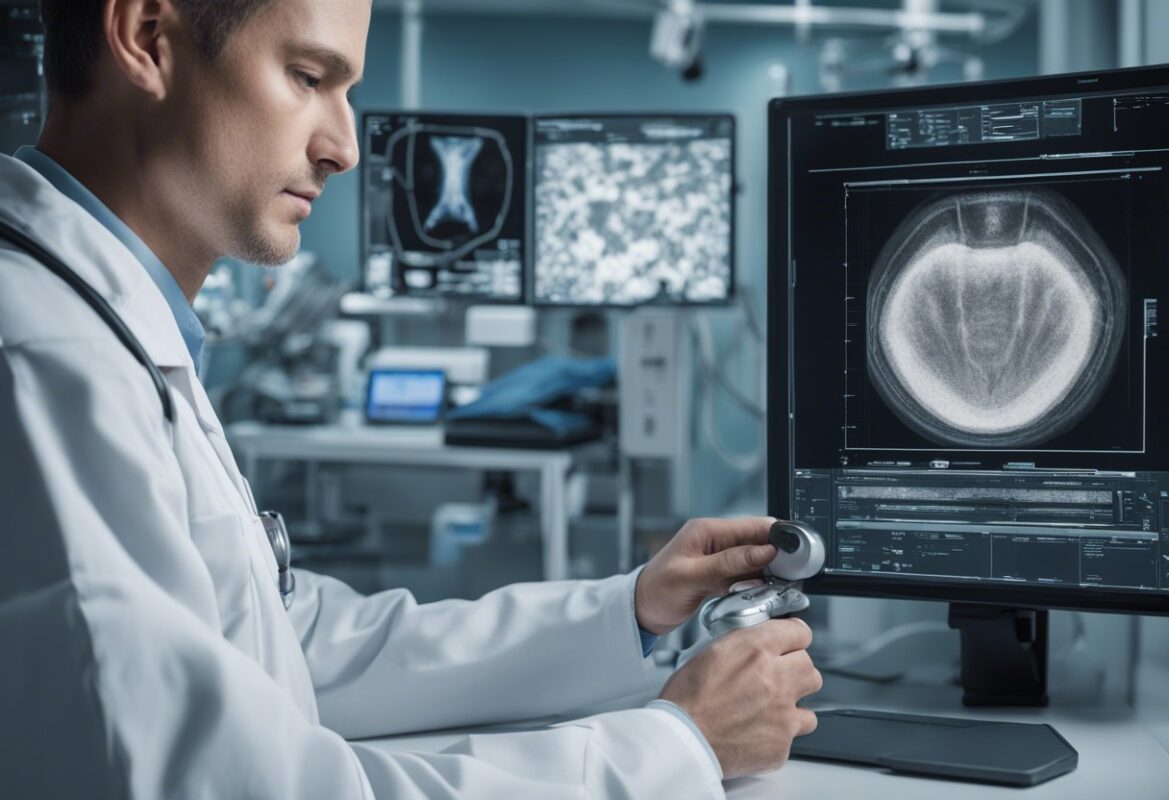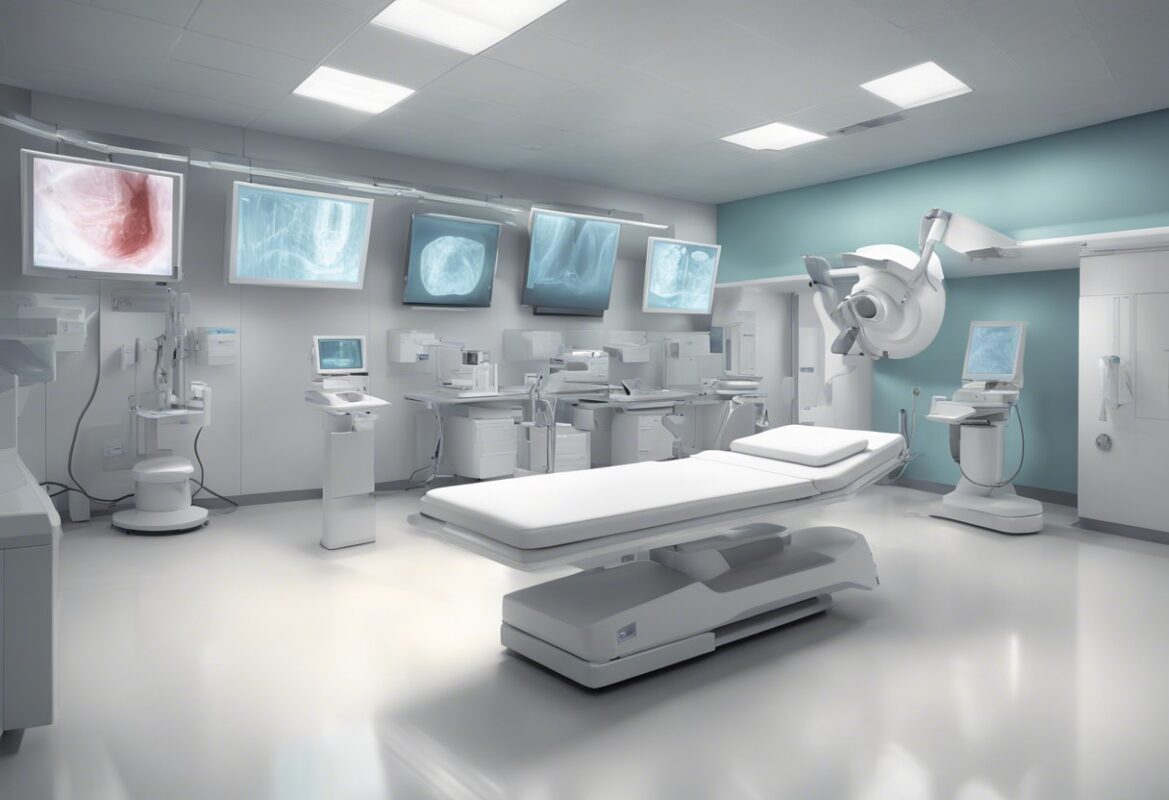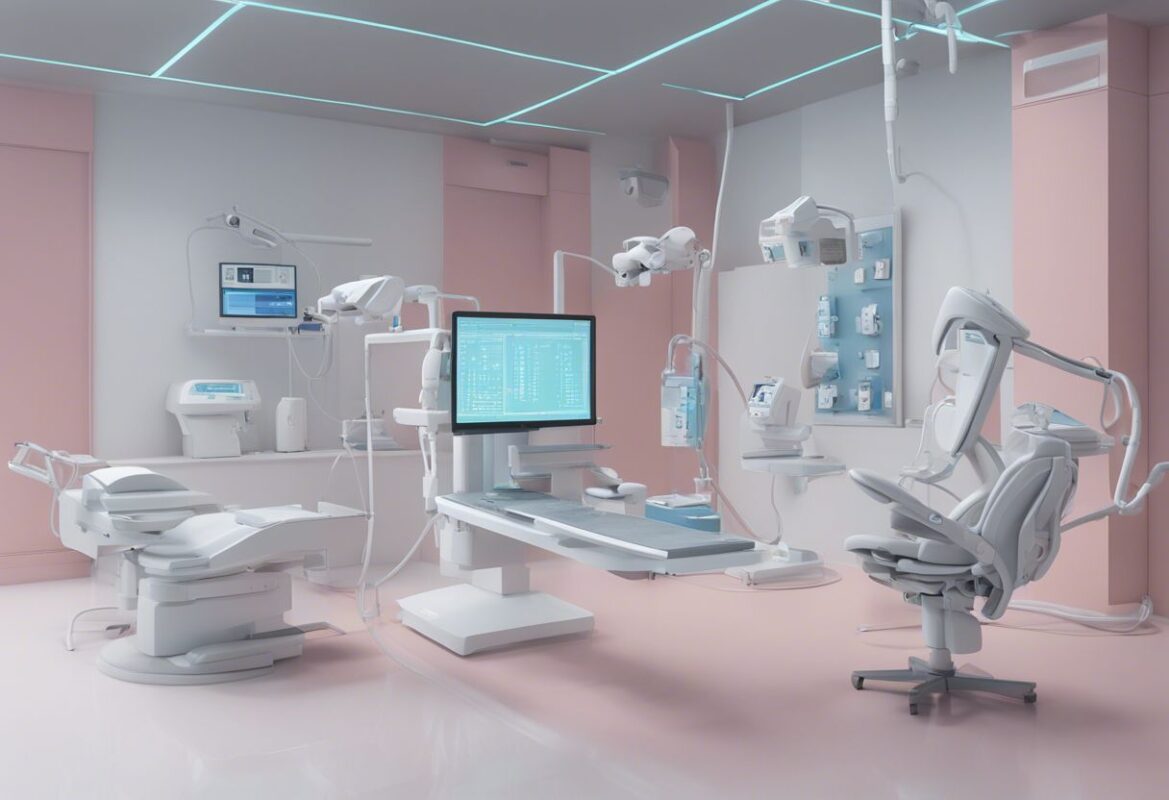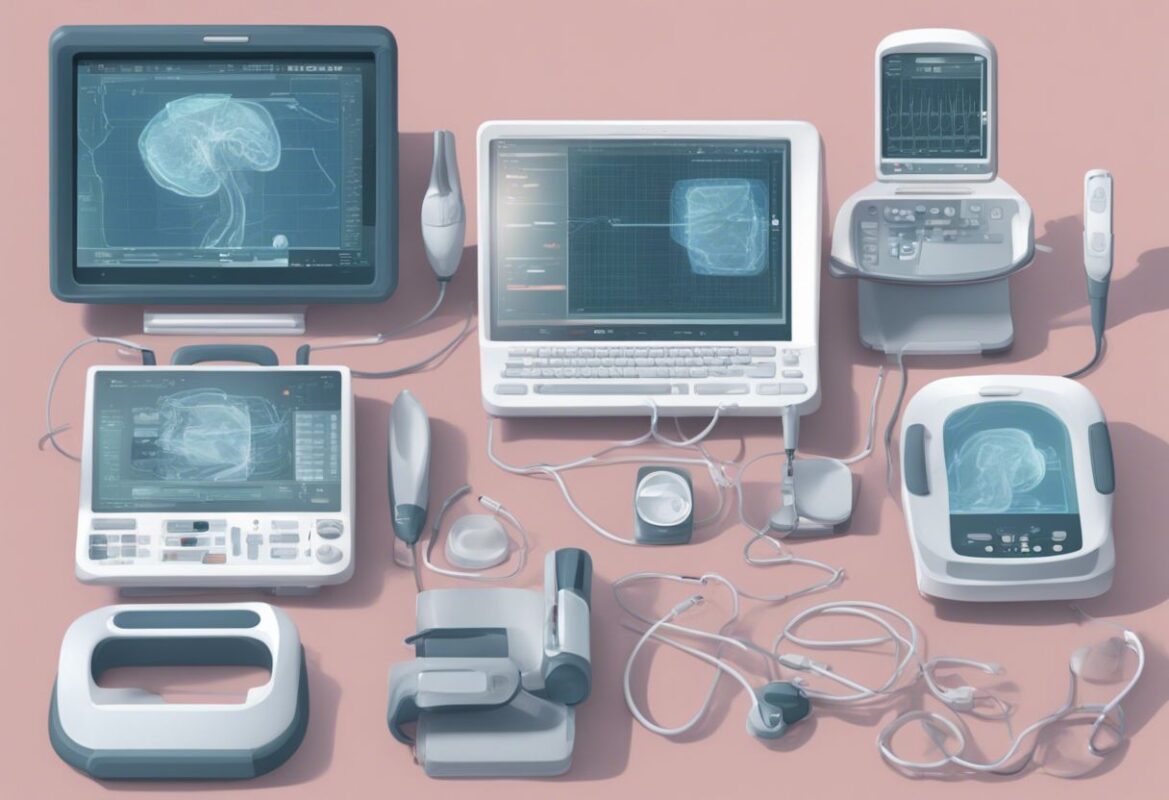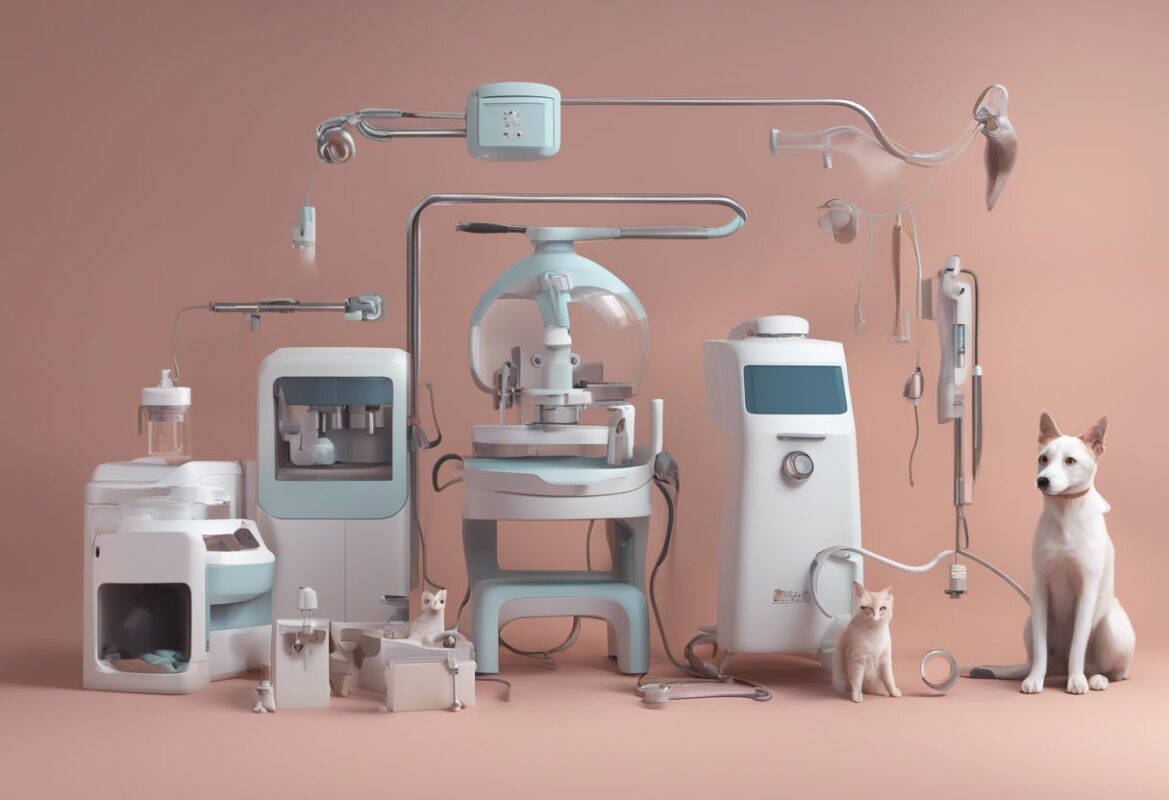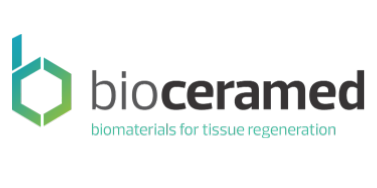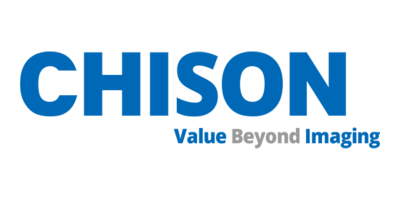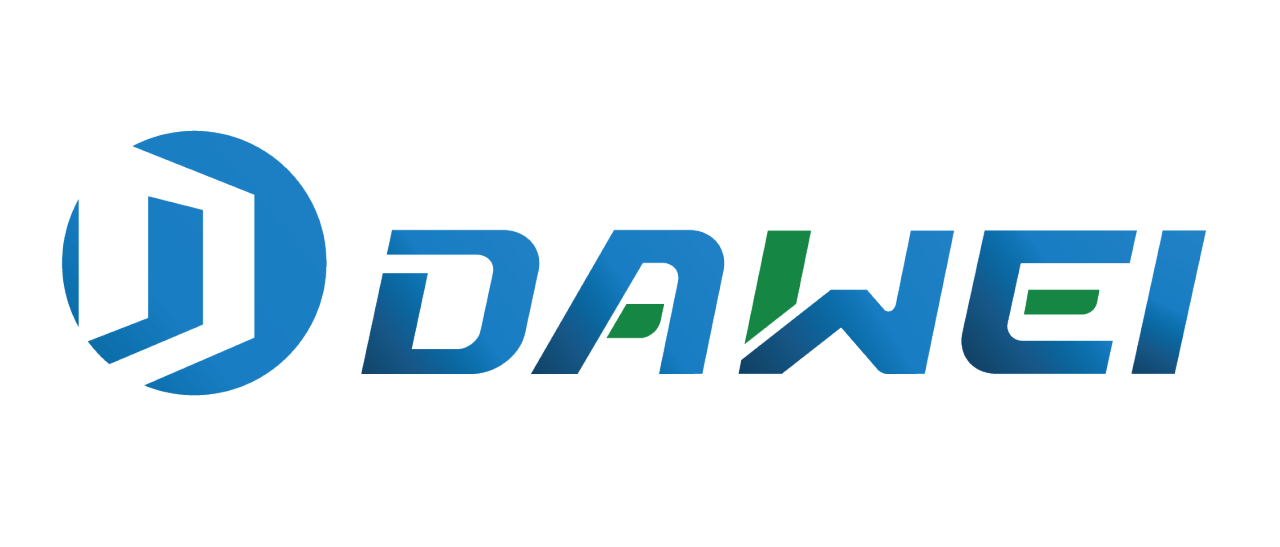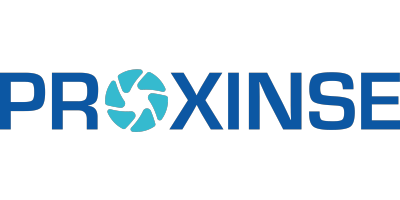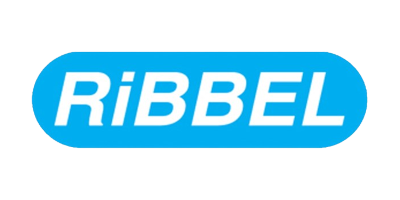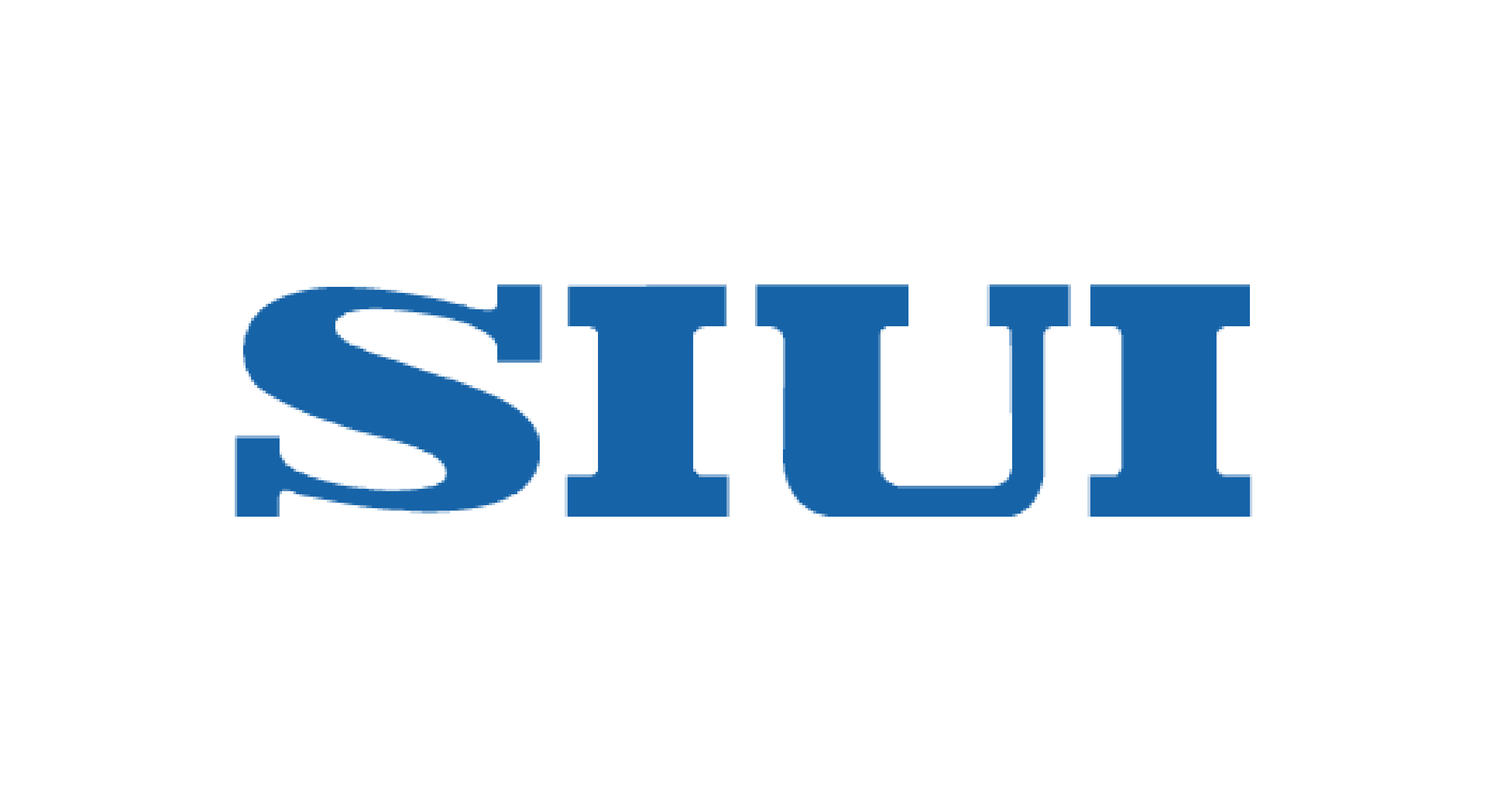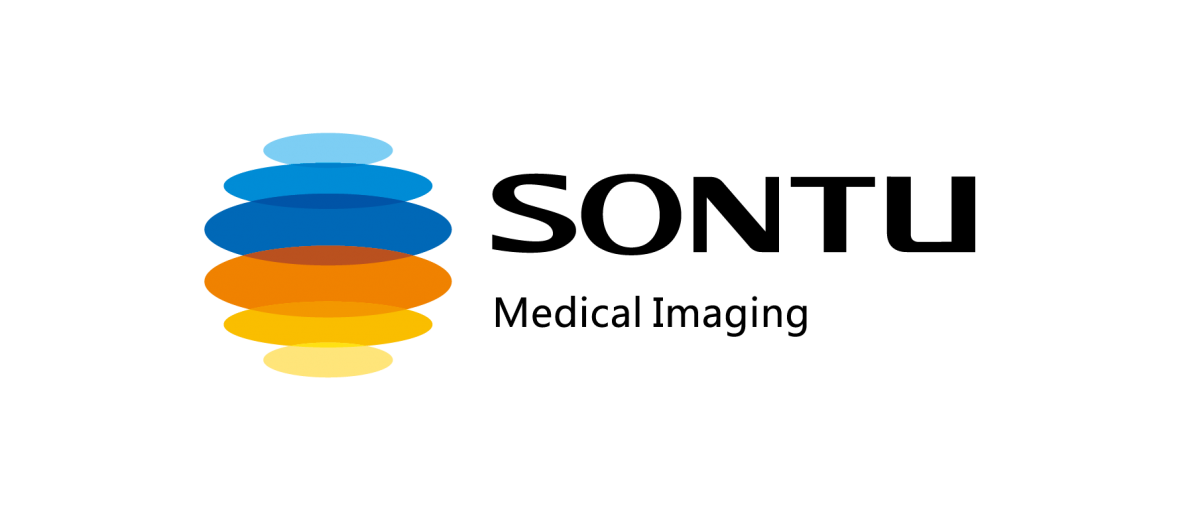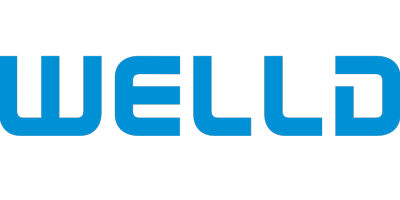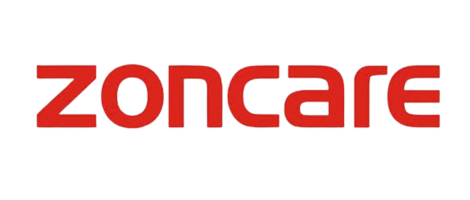In the ever-evolving field of med-tech, dental technologies have seen significant advancements that are transforming oral healthcare. These innovations are enhancing the precision, efficiency, and patient experience in dental practices. This comprehensive post delves into the latest dental technologies, their applications, and the future trends shaping the field.
The Evolution of Dental Technologies
Dental care has progressed from basic tools and techniques to sophisticated digital systems and minimally invasive procedures. Modern dental technologies aim to improve diagnosis, treatment planning, and therapeutic outcomes, providing better care for patients and more efficient workflows for dental professionals.
Key Dental Technologies
1. Digital Imaging and Diagnostics
Intraoral Scanners
- Function: Intraoral scanners capture detailed 3D images of the patient’s teeth and gums, replacing traditional impression materials.
- Benefits: Enhanced accuracy, patient comfort, and faster turnaround times for creating dental restorations such as crowns, bridges, and aligners.
Cone Beam Computed Tomography (CBCT)
- Function: CBCT provides three-dimensional imaging of dental structures, soft tissues, nerve paths, and bone in a single scan.
- Benefits: Precise diagnostics, improved treatment planning for implants, orthodontics, and endodontics, and better patient outcomes.
2. CAD/CAM Technology
- Function: Computer-Aided Design (CAD) and Computer-Aided Manufacturing (CAM) systems are used to design and fabricate dental restorations, such as crowns, inlays, onlays, and veneers.
- Benefits: Increased precision, reduced chair time, same-day restorations, and improved fit and aesthetics of dental prosthetics.
3. Laser Dentistry
- Function: Dental lasers are used for various procedures, including soft tissue surgeries, cavity preparation, teeth whitening, and periodontal treatments.
- Benefits: Minimally invasive procedures, reduced pain and discomfort, faster healing times, and decreased need for anesthesia.
4. 3D Printing
- Function: 3D printing technology is used to create precise dental models, surgical guides, dentures, and orthodontic devices.
- Benefits: Customization, rapid production, cost-effectiveness, and enhanced accuracy in dental restorations and appliances.
5. Teledentistry
- Function: Teledentistry leverages telecommunications technology to provide remote dental care, consultations, and patient monitoring.
- Benefits: Increased access to care, convenience for patients, reduced need for in-office visits, and better management of dental health, particularly in underserved areas.
6. Dental Implants
Computer-Guided Implantology
- Function: Uses digital planning software to precisely place dental implants based on 3D imaging data.
- Benefits: Increased accuracy, reduced surgery time, improved implant success rates, and enhanced patient satisfaction.
7. Regenerative Dentistry
- Function: Utilizes stem cells and tissue engineering to regenerate dental tissues, such as pulp, dentin, and periodontal ligaments.
- Benefits: Promotes natural healing, reduces the need for traditional dental treatments, and offers potential solutions for tooth regeneration in the future.
Applications and Benefits of Dental Technologies
Improved Diagnostics and Treatment Planning
Advanced imaging and diagnostic tools provide detailed insights into oral health conditions, enabling precise treatment planning and early detection of issues. Technologies like intraoral scanners and CBCT offer high-resolution images that enhance diagnostic accuracy and treatment outcomes.
Enhanced Patient Experience
Modern dental technologies focus on patient comfort and convenience. Minimally invasive procedures, digital impressions, and same-day restorations reduce patient anxiety and improve overall satisfaction. Teledentistry expands access to care, making dental consultations and follow-ups more accessible and convenient.
Increased Efficiency and Precision
CAD/CAM systems, 3D printing, and laser dentistry streamline dental procedures, reducing chair time and improving the precision of dental restorations and treatments. These technologies enhance the accuracy and fit of dental prosthetics, leading to better long-term outcomes.
Cost-Effective Solutions
While the initial investment in advanced dental technologies can be significant, the long-term benefits include reduced treatment times, fewer complications, and improved patient outcomes. Technologies like 3D printing and CAD/CAM systems offer cost-effective solutions for producing high-quality dental restorations and appliances.
Future Trends in Dental Technologies
Artificial Intelligence (AI) and Machine Learning
- Innovation: AI and machine learning algorithms are being integrated into dental practice management and diagnostic tools.
- Impact: Improved diagnostic accuracy, predictive analytics for treatment planning, and enhanced patient management.
Smart Dental Materials
- Innovation: Development of smart materials that can interact with the oral environment and provide therapeutic benefits.
- Impact: Enhanced durability and functionality of dental restorations, real-time monitoring of oral health conditions, and improved patient outcomes.
Augmented Reality (AR) and Virtual Reality (VR)
- Innovation: AR and VR technologies are being used for dental education, training, and patient communication.
- Impact: Enhanced learning experiences for dental professionals, improved patient understanding of procedures, and better treatment planning.
Personalized Dentistry
- Innovation: Advances in genomics and biometrics are paving the way for personalized dental care tailored to an individual’s genetic makeup and oral health profile.
- Impact: More effective and targeted treatments, reduced risk of adverse reactions, and improved overall oral health.
Conclusion
The landscape of dental technologies is rapidly advancing, offering numerous benefits for both dental professionals and patients. From digital diagnostics and CAD/CAM systems to laser dentistry and 3D printing, these innovations are transforming oral healthcare by improving precision, efficiency, and patient experience. As we look to the future, emerging technologies like AI, smart materials, and personalized dentistry hold the promise of further revolutionizing the field, ensuring better oral health outcomes for all. Stay informed and embrace these advancements to remain at the forefront of dental care, providing the highest standard of treatment and care for your patients.
